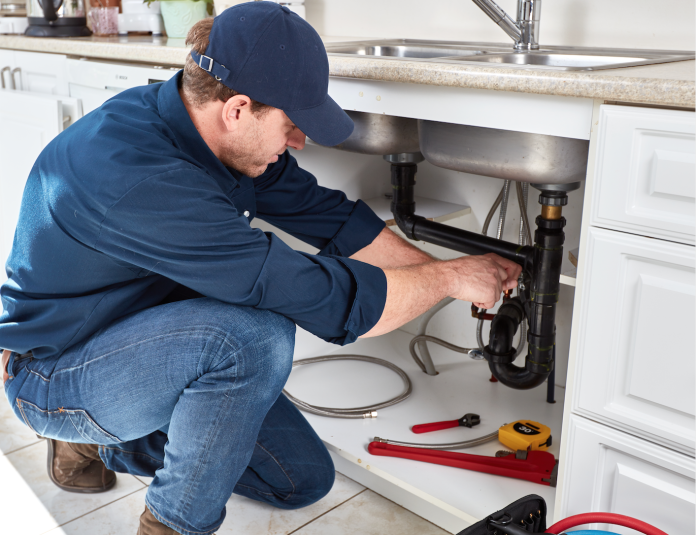Repiping a home can happen for a number of reasons. Age, poor quality of existing plumbing, renovations, too many leaks, and more contribute to a big decision like this. Whichever the case, the new plumbing put in needs to be reliable and installed correctly. Otherwise, problems just return again. There have been a lot of changes in the materials being used as well as how plumbing is installed now. Gone are the days of metal pipes hidden behind the walls. Most home plumbing today is a combination of plastic tubing and PVC piping instead. This lighter material might be lower in cost and less work to install, but it’s also less durable as well. And that makes a difference in how often a professional repiping service needs to occur.
Table of Contents
Preventative Repiping Can Save a Home
Water damage can be extremely pervasive and costly in a home. And old pipes or inferior quality materials and workmanship easily contribute to this problem. Ideally, well-installed plumbing should last a few decades, at least 30 years. However, most used homes are at least in that range or older. Worse, many newer homes had substandard plumbing that could prematurely fail. Both conditions can end up resulting in leaks and water damage that leads to significant destruction of interior walls and flooring, as well as contributing to toxic mold and mildew stains. One laundry room leak in an upstairs laundry room can easily damage two hallways and three rooms and cost as much as $25,000 to mitigate, remove, and repair back to normal. By repiping a home before this happens, the cost of the replacement is far less than what the damage would be otherwise.
Very Minimal Invasive Work
Unlike the pipes of yesteryear, where the entire line had to be exposed to remove or repair. Today’s plumbing is far easier to replace. Instead of hard lines, much of it is hosing, which can be run through one cavity, positioned, and exited through another small hole. That reduces the amount of damage needed by plumbers to do the job and restoration afterward as well.
Repiping can be partial or the entire home. A lot depends on what is needed for immediate repair versus what would be a smart fix to apply for the next few decades. If the home is fairly new, a partial replacement makes more sense as most of the system is likely in good condition unless the materials are low quality or the original installation workmanship is clearly suspect. However, for older homes, a whole repiping may very well make sense when a serious problem is found. Otherwise, the same issue is likely to come again and again elsewhere in the house.
How to Evaluate a Need if Not the First Owner
If you’re in a used home, and you are the second or later owner, you may have no history whatsoever in regard to what happened before your purchase. The best way to consider the need for a professional repiping service is to bring in a licensed plumber to evaluate the home. In fact, some homeowners hire one plumber to do the review work and then a different second vendor to perform the work if needed. That way, there is no collusion or incentive to inflate the evaluation by the reviewer involved.
With a professional review, a homeowner will have an updated, clear idea of what needs to happen next, as well as what the latest code requirements are expected for a home, especially if the property is going to be sold anytime soon. There’s no need to play a guessing game with your home’s older plumbing. Prevention is always cheaper than damage control, and a professional repiping service can make sure the job is done right.

















